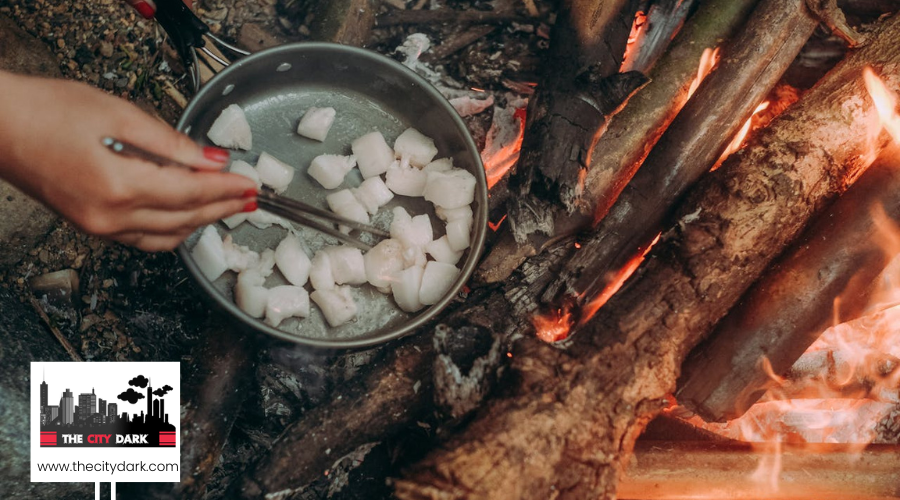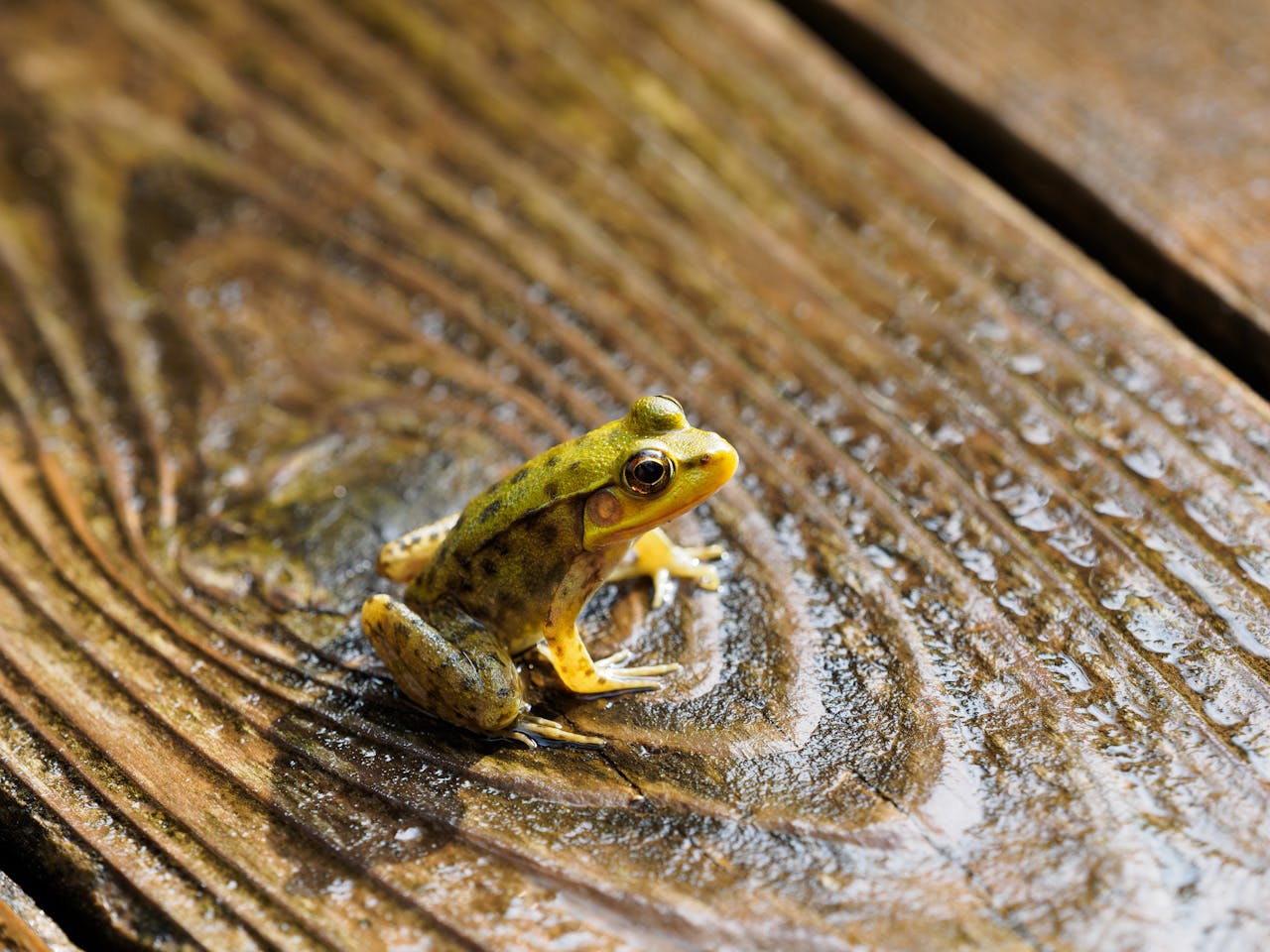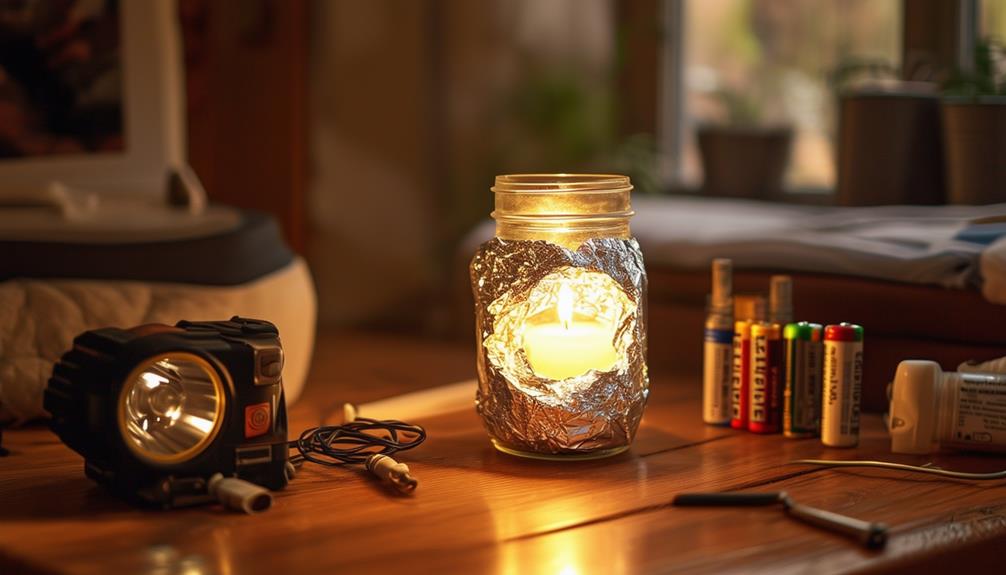Survival Foods: Creatures You Can Eat In An Emergency

None of us relish the thought of being stranded in the woods or on the plains without food. Yet, as survivalists, it’s essential to be aware of the options available to stave off starvation. Survival tips don't come more important or fundamental than knowing which creatures and critters are edible if you find yourself stranded.
We recognize that not everyone is a natural hunter, and catching wild prey can be beyond the capability of most people, especially if you find yourself without a gun or hunting equipment. Depending on your circumstances, you might be alone, with other people, or with a dog. Obviously, you're not going to eat another person, and many of us would rather starve than sacrifice a pet. Instead, we’ll focus on what can be found in the earth and environment around you.
Not everything on this list will taste great; in fact, many of them won’t. However, they can sustain you until rescue arrives.
Opossums
We’ve tried to keep this list as conventional animal-friendly as possible. There are three reasons for this approach. First, as mentioned, most people lack the skills to capture and kill a wild animal bare-handed. Second, in a true survival situation, you’re unlikely to be near farms or populated areas with accessible livestock. Lastly, many people struggle with the idea of killing cute animals.
Opossums are a notable exception. They’re widespread, relatively easy to catch, and play dead when threatened, allowing for easier capture. Once caught, humanely kill the opossum, cut it into two-inch cubes, skewer it, and cook it over a coal or wood fire for around 45 minutes, turning it regularly. A properly cooked opossum will taste a little like pulled pork and will sustain you without harm.
Worms

Worms are abundant in damp earth, and all species are edible. Considered a delicacy in New Zealand and used in pies in parts of the Far East, worms provide a viable food source in survival situations. To clean them, use water if available, or place them in a container filled with damp grass and allow them to crawl around, shedding dirt and mud. To gather worms, turn over rocks or logs, or tap on the ground with a club or hammer. Cook worms by frying; they taste somewhat like beef jerky.
Grubs
Bears often rip into dead trees or rotting logs to find grubs, which they eat raw. While we don't recommend consuming them raw, grubs provide a nutritious meal option for survivalists. Grubs are not a species but rather juvenile insects between the egg and adult stages. You'll find them in rotting logs and dying trees. To prepare, boil the grubs, which resemble and taste somewhat like shrimp. Grubs are rich in fat, protein, and potassium, making them a valuable food source.
Snakes

Although encountering a snake in a survival situation may seem daunting, they offer a valuable food source. To prepare a snake, pin it down and cut off its head, ensuring you bury the head to prevent accidental contact with venom. If uncertain whether the snake is poisonous, cut off a length of eight inches behind the head to avoid venom glands. Slice open the belly, remove the internal contents, skin the snake, and wash the meat. Slow cook snake meat in a stew or soup to prevent it from drying out and becoming chewy.
Frogs

Frogs are abundant in many natural environments and are relatively easy to catch. Look for them near water sources such as ponds, streams, or lakes. Be cautious of brightly colored frogs, as these can be toxic. To prepare, remove the skin and internal organs and cook the legs, which are the most edible part. Frogs' legs taste similar to chicken and are a great source of protein.
Insects
Insects like crickets and grasshoppers are rich in protein and widely available. To catch them, look in tall grass or beneath rocks and logs. Before eating, remove the wings and legs, which can be tough and indigestible. Roast or fry the insects to improve flavor and eliminate any harmful pathogens. They have a nutty flavor when cooked and can provide essential nutrients in a survival situation.
Fish

If you're near a water source, fish can be an excellent food option. Without fishing gear, try to fashion a spear or use a sharp stick to catch fish in shallow waters. You can also construct a fish trap using rocks or natural materials. Once caught, clean and cook the fish thoroughly to ensure it's safe to eat. Fish are rich in omega-3 fatty acids and essential nutrients that can sustain you.
Crustaceans
If you find yourself near coastal areas or freshwater streams, crustaceans like crabs and crayfish can be viable food sources. Use your hands or a simple trap to catch them. Once caught, remove the shell and cook the meat by boiling or roasting. Crustaceans are high in protein and provide essential minerals like zinc and iodine.
Conclusion
While being stranded in the wild without food is a daunting prospect, knowledge of edible creatures can be life-saving. From worms and grubs to opossums and snakes, these unlikely food sources can sustain you in dire situations. Remember, survival is about adaptability and resourcefulness. Knowing which critters to eat and how to prepare them safely can make all the difference. With these tips, you'll be better prepared to face the challenges of the wild and stay alive until help arrives.




